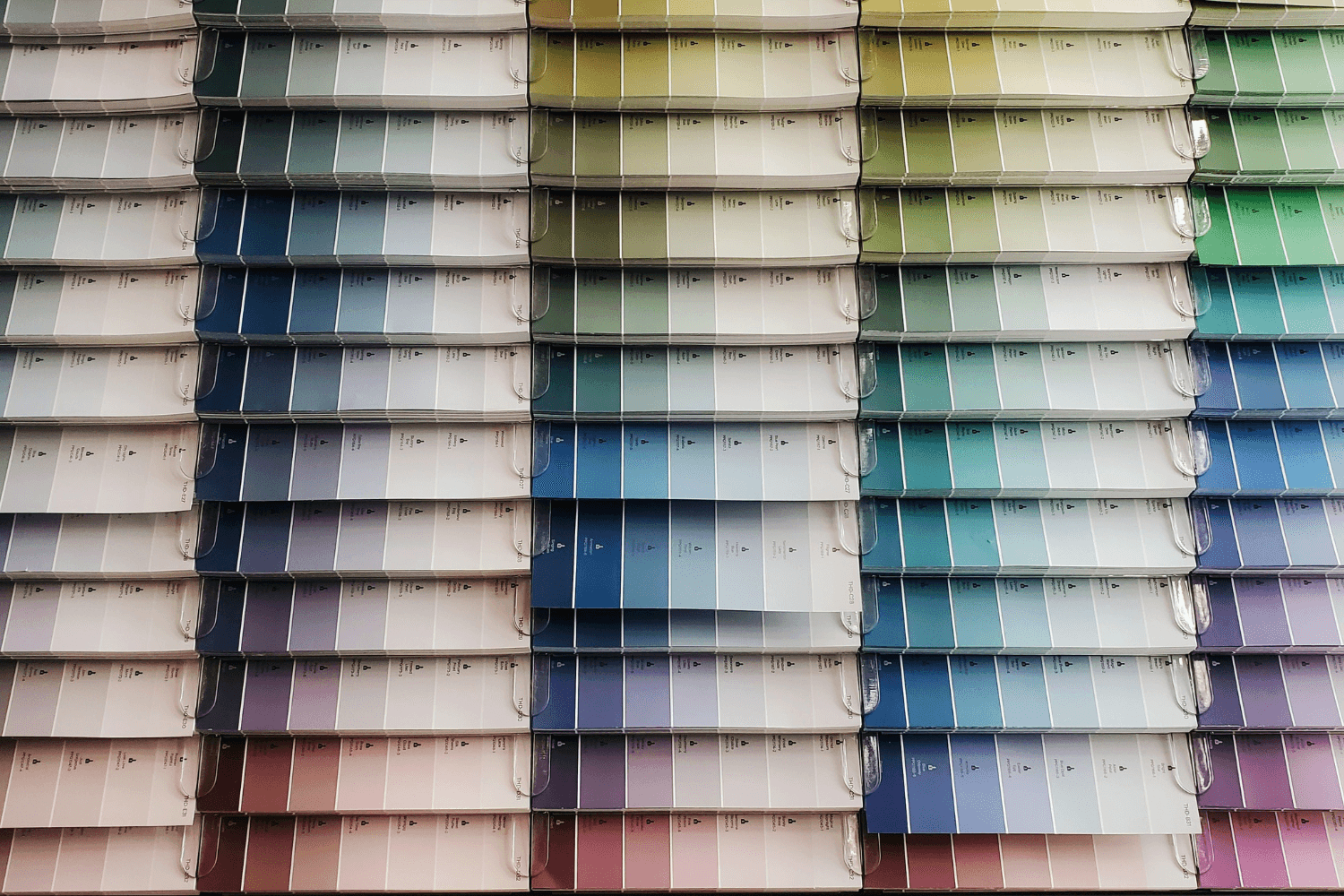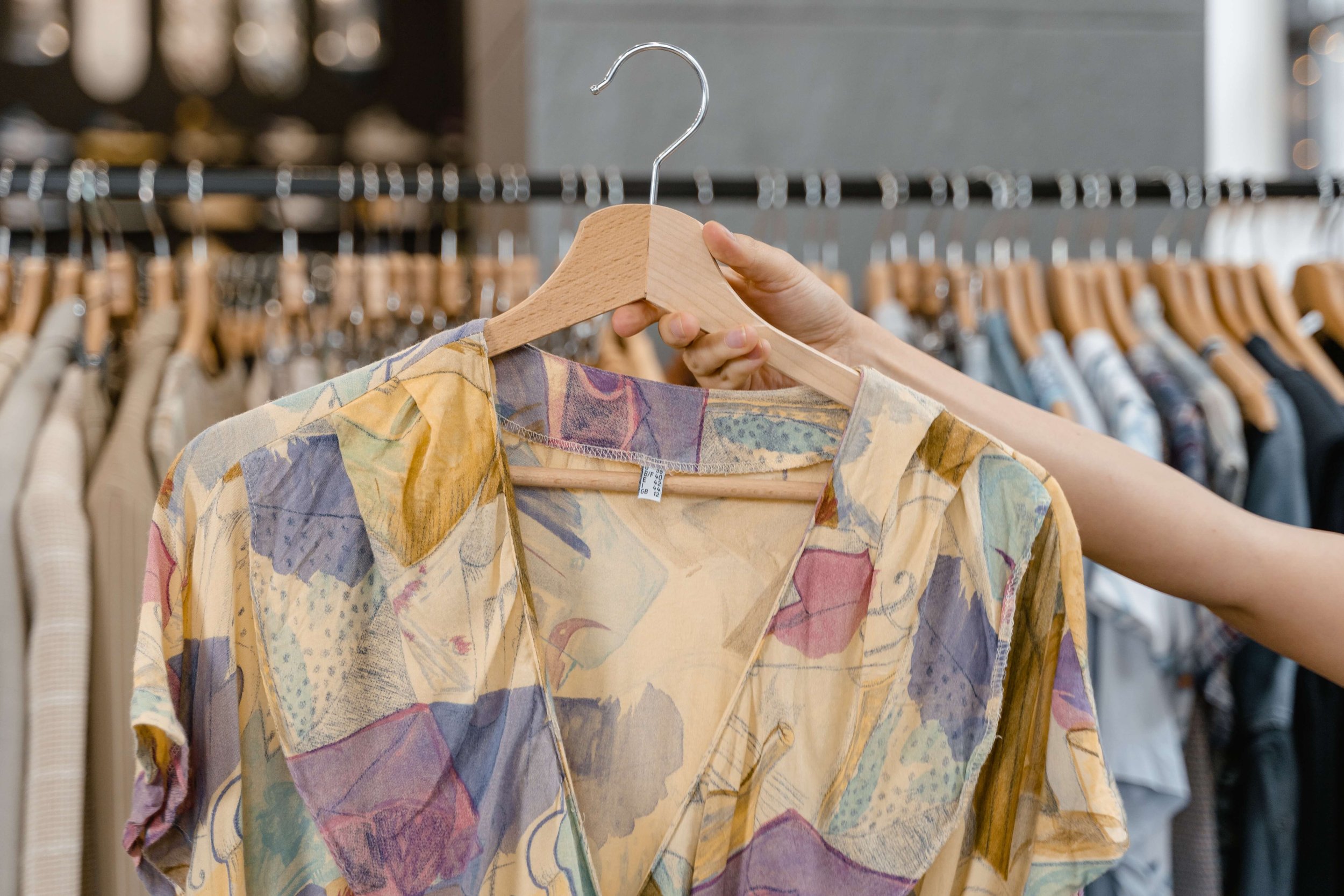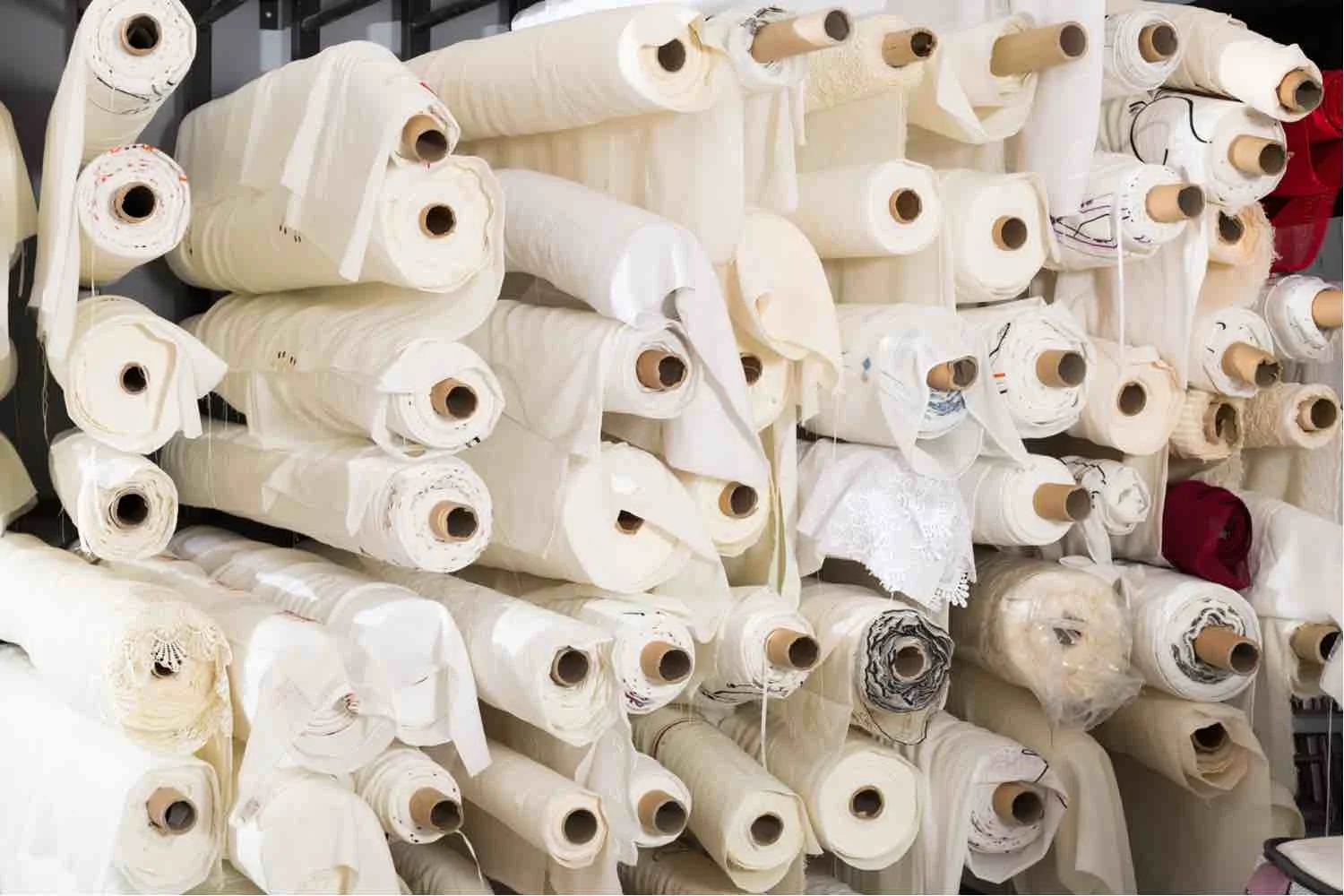I've got myself a tech pack. Now what?
Time to read: 6 minutes
As you know, when in production it is never quite a simple as clicking a button that says 'buy now'. If only! So... you've got a far as getting a complete tech pack made. Now what do you do?
1. Find a Factory
In an ideal world you would choose a factory before you create a tech pack. Yes, that is right, before! That way your technical designer can include only processes that your factory can handle.
Most production facilities however won't be able to give you an accurate quote without a tech pack! If they will even give you a quote at all. And rightly so, if they don't know the details of your product they can't really predict their costs.
2. Request a fit sample or prototype
Once you have found a factory that is a match, you need to request a first sample from your tech pack.
“A sample is a single garment/product your manufacturer will make so you can preview your design before production.”
Ideally you will have developed a pattern and made an initial fit sample before creating a tech pack. This way you have pre 'tested' your design and specs already and your sample from the factory shouldn't have any glaring errors.
The first sample will probably not even be in the 'real' fabric. You contractor might choose another fabric that is similar to yours from what they have in stock.
3. Refine your design and measurements
When you get a sample back from your factory the first thing to do is check that all is as it should be. Compare the garment with the instructions on the tech pack. Inspect the stitching and seams. Measure your sample using the points of measurement in your tech pack. Make sure each measurement matches the number specified in the tech pack, or is within the given tolerance.
Are you happy with the fit and cut of your design? Your goal here is to check the factory have understood your construction directions correctly. It is difficult to get this 100% right the first time, even for the pros, so don't stress.
“It’s normal for it to take a few of rounds of sampling to get your fit right if you haven’t perfected this already.”
If any changes are needed the factory will have to make you a new sample from scratch. If you decide to make any changes to your design after seeing it IRL, you may have to pay the sampling price again. If the factory has made a mistake it's unlikely they will charge you again. This is where a tech pack can start saving you money as it should minimize the amount of design iterations.

4. Sales Samples
Once you are satisfied that your product has been developed to its full potential, it’s time to get a salesman sample. This is the sample that will be used to sell your products. You can show it to potential buyers and take it to shows. Get extras made if you have more than one sales person. Simple!
“This will be the first sample made in your exact fabric, so your production should have a chance here to properly test all the construction methods on your fabric. ”
5. Size Samples
Up till now you have only seen your product in your sample size. Here is where you should be sampling the rest of your size range. You don’t necessarily need to test every size in the range, you could test every other size to get a decent enough idea.
“As well as checking the fit of each size, you want to asses if all details and embellishments look right when scaled across your different sizes. At this point you may need to make some changes to your grading if needed. ”
6. Pre Production Samples (PPS)
This is your final development sample. You should be seeing the product in it’s entirety with the right, fabric, trims, embellishments, labels and packaging. Just as you would receive at the point of sale. This is your absolute last chance to make any corrections, although nothing major should be needed at this point. Here you will ‘sign off’ on the product and the factory will begin production.
“The signed off PPS will be used by the quality assurance department of the factory to make sure your order is being produced correctly. ”
Please, please, please; do not even consider going into production without a pre production sample! You and the sewing contractor should both have a final copy of the agreed PPS.
7. Shipment Samples
This is also known as a ‘top of production” sample or TOP. The QA department at your production facility will take a small sample of the products coming off the first production run. Compare these with your tech packs and approved samples to make sure things are working as planned.
Explore the best countries for sourcing apparel materials and how leveraging country of origin can boost your quality, margins, and brand identity.
Tired of being ghosted by manufacturers? Here’s why factories don’t reply to your emails—and what to do to get real responses from clothing manufacturers.
Tariffs don’t have to shrink your margins. Learn how smart sourcing, pricing, and planning can turn tariff challenges into a strategic advantage for your apparel brand.
Understanding how prototypes, fit samples, and base sizes work is essential for getting your product made correctly. In this guide, we break down what a “base size” really means, why it matters in the sampling process, and how it affects fit, grading, and final production—so you can avoid costly mistakes and communicate clearly with your manufacturer.
Starting a clothing brand is exciting—but the fashion industry can be ruthless if you’re unprepared. From skipping market research to underestimating cash flow, many founders fall into avoidable traps that stall growth before launch. Learn how to build your brand the right way—through smart product development, solid supplier relationships, and a clear strategy that sets you up for long-term success.
Fit isn’t just about size—it’s how your garment feels, moves, and earns customer trust. Learn how to perfect your brand’s fit through smart development practices, real measurement data, and modern 3D design tools.
In today’s unpredictable world, agility in the supply chain isn’t a luxury—it’s a necessity. Learn how brands can stay ready for anything from factory closures to material shortages.
Digital Product Passports (DPPs) will soon be required for fashion products sold in the EU. These digital records track materials, origin, care, and more — boosting transparency and resale. Final rules land in 2025, but brands should prep now to stay ahead and turn compliance into a customer experience win.
For many fashion brands, the idea of letting a supplier take the lead on product development sounds like a dream come true. After all, factories often offer to develop your designs for free, and since they’ll be sewing the products anyway, it feels like a seamless and cost-effective solution. But here’s the catch—when you hand over product development to your supplier…
The children's apparel industry is booming, with the market projected to reach $340 billion by 2027. However, developing safe and compliant kids' clothing involves more than just great designs—it requires a thorough understanding of product development processes and strict safety regulations in both the U.S. and the EU.
Gone are the days of manual processes; today, AI-powered solutions are revolutionising how businesses connect with suppliers and manage their supply chains. Not only to enhance efficiency but also to provide valuable insights into market trends and supplier performance, so you can get a better view of your supply chain.
Creating and launching a clothing line is a dream for many fashion designers, but it involves time, dedication, creativity, and careful planning. By following the steps outlined in this blog post, you'll be better equipped to turn your fashion dreams into a reality.
With countless trade shows happening worldwide, how do you know which ones are worth your time and investment? Learn more about the different kinds of trade shows, where they are, and how to make the most of them when you go so you can make informed decisions for your business.
Choosing the right fabric is one of the most important decisions for designers. Whether you're a budding or experienced fashion designer, understanding how to purchase wholesale fabric can significantly impact your business's bottom line.
From elite athletes to fitness fanatics to everyday fashionistas, modern sportswear is revolutionizing performance and style. Discover the latest innovations reshaping the world of activewear.
Activewear is constantly evolving, blending fashion with functionality, and has seen massive growth over the past several years, driven by a shift towards health and wellness.
Designing clothes that fit perfectly is both an art and a science. For aspiring and seasoned fashion designers, understanding clothing measurements is one of the most important parts of being a designer. Here's a guide to the key measurements typically taken for different types of clothing.
The textile business has seen significant changes over the years, and we are now in the midst of the digital age. Printing technology is becoming more affordable while also improving quality and durability. With all the resources available, fashion designers can develop a fashion line by themselves if they wish to work independently.
Whether you are launching your collection or looking for technical know-how, this article will walk you through color theory in fashion design and practical use.
Ready to dive into apparel design and development? Bookmark this production checklist and see what you need to do!
Once you know your audience and have an overall plan for your fashion collection, it’s time for the next exciting stage: choosing your printed fabric.
Learn about the perks of working with a tech pack company, as well as who you can hire and what to expect.
Most consumers are skeptical and no longer trust big brands, just look at the news and social media. Market crashes, scandals and crises in every industry occur every day. Consumers want businesses to serve society and make our lives easier… and not just in Western markets.
Find out what a factory needs from you to start making your line. Different factories have different requirements and some won’t have any requirements at all. Here's what to do.
I get asked this question all the time by new clients. Can I recommend a factory? The answer is never an easy yes or no! There are a lot of factors that determine suitability... here is my 101 on the subject.
As you know, when in production it is never quite a simple as clicking a button that says 'buy now'. If only! So... you've got a far as getting a complete tech pack made. Now what do you do?



























Author Bio
Tech Packs Co founder Belinda is a technical fashion designer from London, now based in Los Angeles. Belinda had her first job in fashion at the age of 15, fixing swatch cards together. Since then, Belinda has been designing & creating tech packs for more than a decade... for household name brands and independent designers alike.